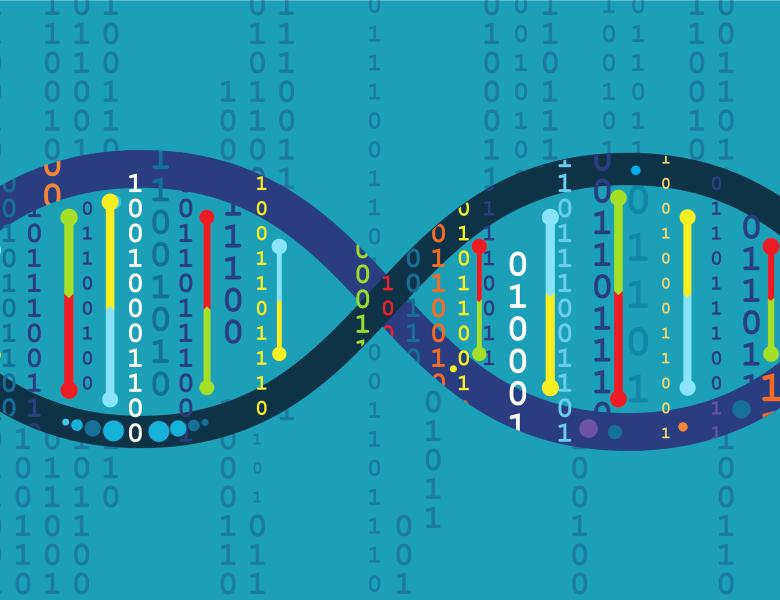
Abstract
Complementary methods are required to fully characterize multiprotein complexes in vitro and in vivo. Affinity purification coupled to mass spectrometry (MS) can identify the composition of protein complexes at scale. However, information on direct contacts between subunits is often lacking. In contrast, solving the 3D structure of protein complexes by X-ray diffraction or cryo-electron microscopy can provide this information, but is not yet scalable for proteome-wide efforts. We have developed quantitative bioluminescence-based methods that facilitate binary interaction mapping in mammalian cells with sensitivity and specificity. We have applied these technologies to study the associations of huntingtin (HTT), a protein of unknown function at the root of Huntington’s disease. We found that HTT controls the abundance of its partner HAP40 in mammalian cells, suggesting that it functions as a scaffold preventing the degradation of partner proteins in mammalian cells. In another systematic screen, we identified high-confidence binary interactions for proteins of the severe acute respiratory syndrome coronavirus 2 (SARS-CoV-2), which subsequently were entered into an in silico compound screening. We discovered a new chemical compound that directly targets the interaction between NSP10 and NSP16, which is critical for virus replication. Finally, we defined partners for the AAA ATPase p97, which interacts with many proteins and plays a functional role in various subcellular processes. We found that p97 associates with splicing regulators in an ASPL-dependent manner, suggesting a functional link between the p97:ASPL complex and mRNA processing. Overall, systematic mapping of direct interactions between proteins in higher-order protein assemblies facilitates a better understanding of cellular and disease processes. Also, high-confidence binary interactions are important drug targets with a high potential for innovation in therapy development.


